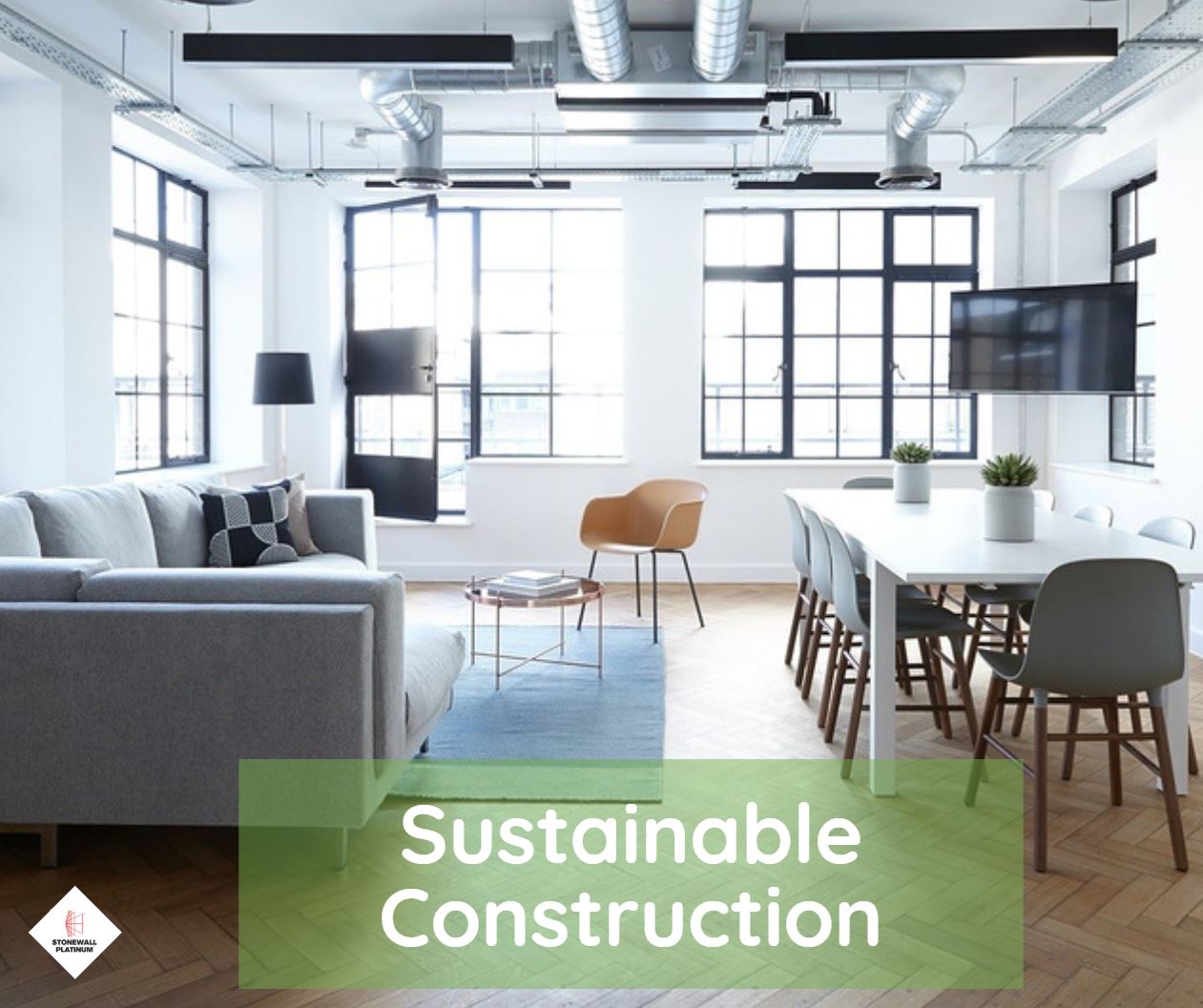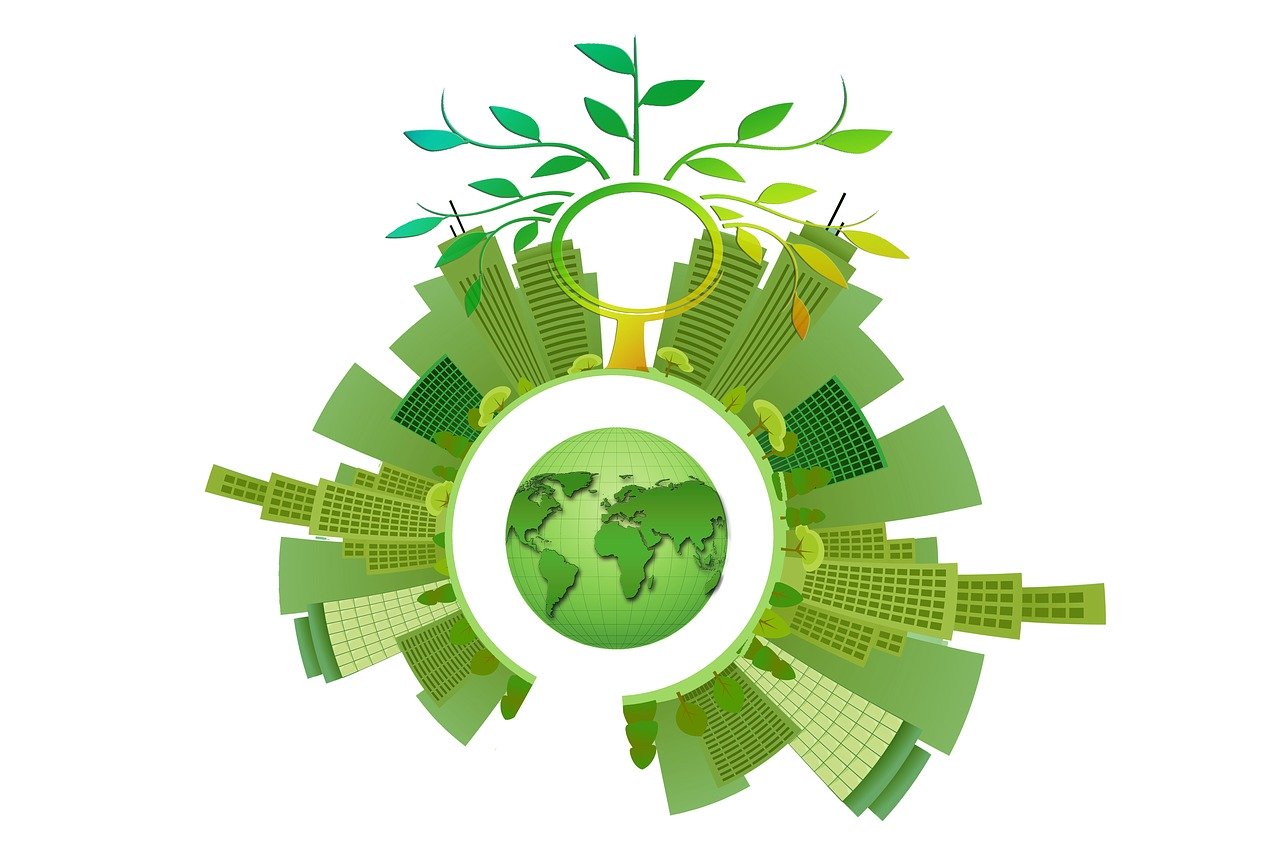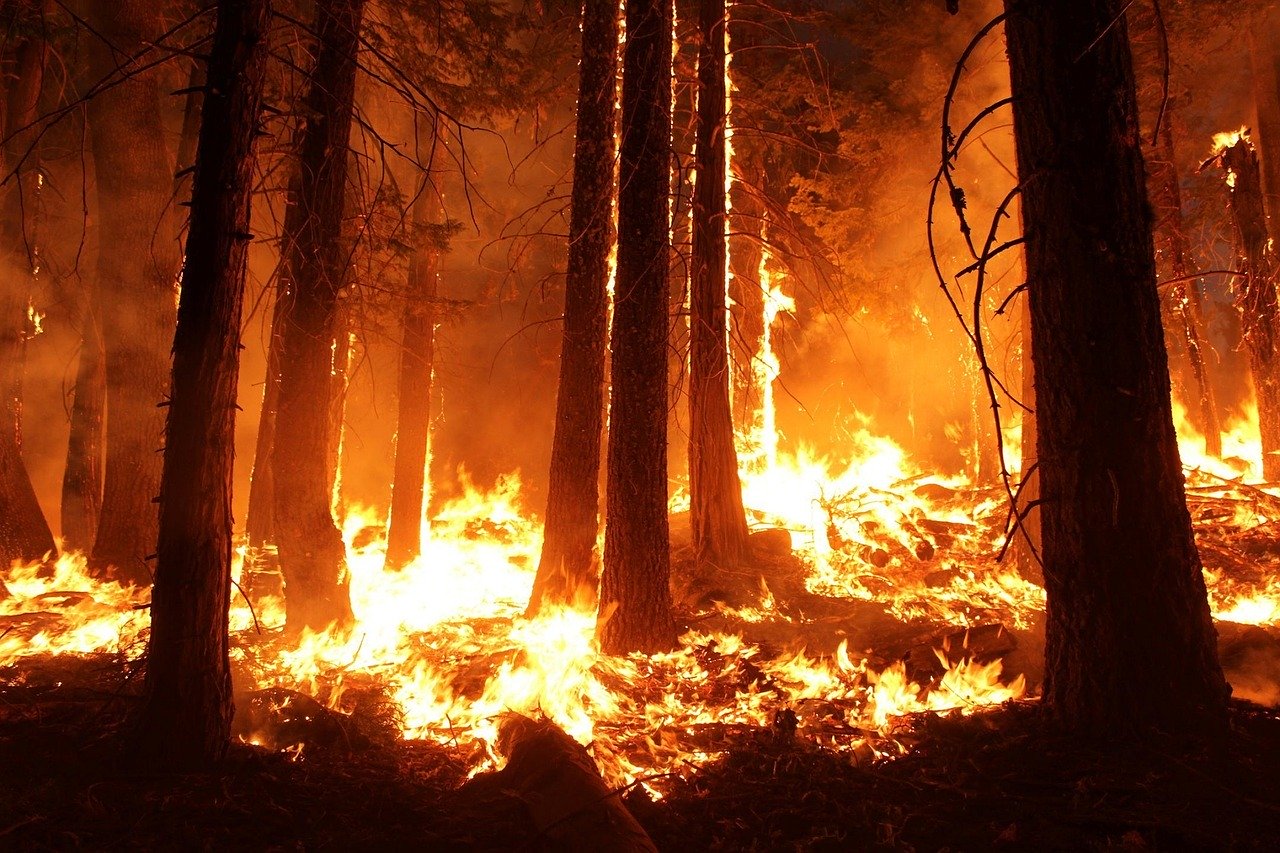Understanding Bushfire Threat When Building in a Bushfire Prone Area
Bushfire is part of Australia’s landscape. As our desire to live with nature increases and the fact that we don’t have to actually “live in a bush” to be living in a bushfire prone area, respecting and learning how to live with bushfire has become ever more important.
Building standards, architectural design and material specifications, these are just a few things you need to consider when building a property in a bushfire prone area. This article focuses on Bushfire Attack Levels, what they are and how they can help you build safely in a bushfire prone area.
Determining bushfire threat with Bushfire Attack Levels
What are Bushfire Attack Levels (BALs)?
Under the Australian Building Standard AS 3959, all new homes and renovations must be assessed against its 6 Bushfire Attack Levels or BALs. But what exactly are BALs?
Put it simply, BALs are about understanding bushfire threat levels and how you can build in a way to minimise the threat. The BALs rate the bushfire threat level by taking into account factors such as the location and slope of the land, the amount, type and vicinity of fuel load (vegetation) and the region within which you’re building.
Going from level 1 to level 6, the bushfire threat level increases as the BAL rating increases. Consequently, building restrictions and construction specifications also become more stringent with increasing threats. For example, a building may require direct flame protection, not just ember protection, if its BAL rating is 40 and above.
What are the BAL ratings?
There are 6 BAL ratings, from Low to Flame Zone. Each BAL corresponds to a risk rating, described by bushfire attack prediction and levels of exposure as shown in the image below.

Who can perform Bushfire Attack Level assessment?
BAL assessment can be done by an architect, building designer, building surveyor or builder. Landowners can also learn more about BAL assessment by consulting the Australian Standard AS 3959 – 2009 Construction of Buildings in Bushfire Prone Areas, which can be purchased from SAI Global.
How does BAL rating affect my building project?
Depending on BAL assessment, your project may have to comply with specific construction methods and building materials. Needless to day, the higher the BAL rating, the higher the risk and the more specialised the construction methods and materials become.
Let’s use the walls as an example. By using non-combustible materials like volcanic rock wool insulation to construct the walls, it helps the structure to better withstand the radiant heat and therefore, offering more protection to both the occupants and property by slowing down the spread of fire and giving extra time for evacuation.
Building safely in a bushfire prone area requires a thorough understanding of compliance requirements, bushfire-specific architectural design, building materials and building methods. Make sure to consult with experienced professionals and specialists so you and your property are well protected.


